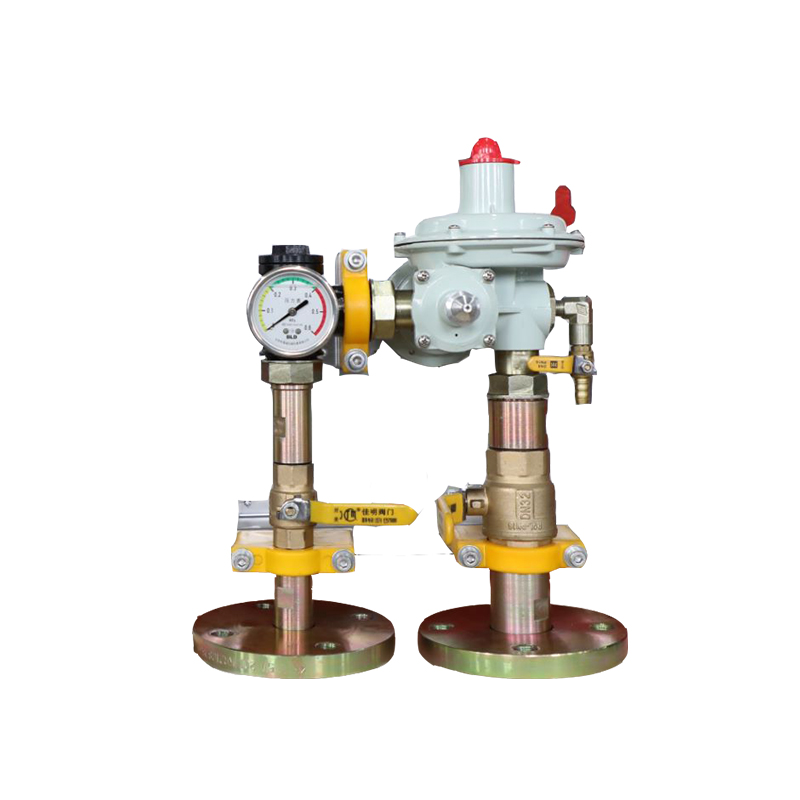
Nov . 29, 2024 19:11
Back to list
Gas Valve Installation and Maintenance Guide for Optimal Performance
Understanding Gas Valves Functions, Types, and Importance
Gas valves are essential components in various applications, from residential heating systems to industrial machinery. These devices play a critical role in controlling the flow of gas, ensuring safety, efficiency, and functionality in systems that utilize gas as a fuel source. This article delves into the functions, types, and significance of gas valves in contemporary applications.
What is a Gas Valve?
A gas valve is a mechanical device designed to regulate the flow and pressure of gas within a system. It acts as an on/off switch, allowing or blocking the passage of gas depending on operational requirements. Gas valves are crucial in various settings, including natural gas distribution, commercial kitchens, heating systems, and gas-powered engines.
Functions of Gas Valves
The primary function of a gas valve is to control the flow of gas. This can involve
1. Regulation Maintaining the desired pressure within a system to ensure optimal performance and prevent damage. 2. Isolation Providing a means to safely shut off the gas supply for maintenance or emergency situations. This is essential in preventing leaks and potential explosions.
3. Safety Many modern gas valves come equipped with safety features, such as automatic shut-off mechanisms which activate in case of a leak or pressure anomaly. This capability significantly reduces the risk of accidents.
4. Control Gas valves can be manually operated or automated to adjust the gas flow based on the heating or energy demand of a system. This control can lead to greater energy efficiency and cost savings.
.
There are several types of gas valves, each designed for specific applications
صمام الغاز

1. Ball Valves These valves use a spherical disc to control the flow of gas. Ball valves are favored for their durability and ability to provide a tight seal, making them suitable for both on/off applications and flow regulation.
2. Gate Valves Similar to ball valves, gate valves are used for on/off control but are not suitable for throttling. They have a wedge-shaped gate that slides into the flow stream and can either block or allow gas flow.
3. Globe Valves Globe valves are designed for throttling and flow regulation. They utilize a movable disk that can adjust the flow size, making them ideal for applications requiring precise control.
4. Check Valves These valves prevent backflow in a system, ensuring that gas flows only in one direction. This is crucial in preventing contamination and maintaining system integrity.
5. Regulating Valves These are specialized valves that maintain a constant output pressure, even when the input pressure varies. They are commonly used in gas distribution systems to ensure stable delivery rates.
Importance of Gas Valves
The importance of gas valves cannot be overstated. They are pivotal for safety and efficiency in gas-driven systems. An improperly functioning valve can lead to significant risks, including gas leaks, fires, and explosions. This is particularly vital in residential and commercial settings where people’s safety is at stake.
Moreover, the emergence of advanced technologies, such as smart valves, is revolutionizing the industry. These valves can monitor pressure and flow in real-time, providing data that can help operators make informed decisions, leading to improved efficiencies and reduced operating costs.
Conclusion
In conclusion, gas valves are integral components of gas distribution and control systems. Understanding their functions, types, and importance can help users better appreciate their role in ensuring safety and efficiency. As technology advances, the functionality of gas valves continues to evolve, promising even greater benefits in the future. Whether in a home, a restaurant, or an industrial setting, the effective use of gas valves is essential for safe and efficient gas management.
Next:
Latest news
-
Safety Valve Spring-Loaded Design Overpressure ProtectionNewsJul.25,2025
-
Precision Voltage Regulator AC5 Accuracy Grade PerformanceNewsJul.25,2025
-
Natural Gas Pressure Regulating Skid Industrial Pipeline ApplicationsNewsJul.25,2025
-
Natural Gas Filter Stainless Steel Mesh Element DesignNewsJul.25,2025
-
Gas Pressure Regulator Valve Direct-Acting Spring-Loaded DesignNewsJul.25,2025
-
Decompression Equipment Multi-Stage Heat Exchange System DesignNewsJul.25,2025

